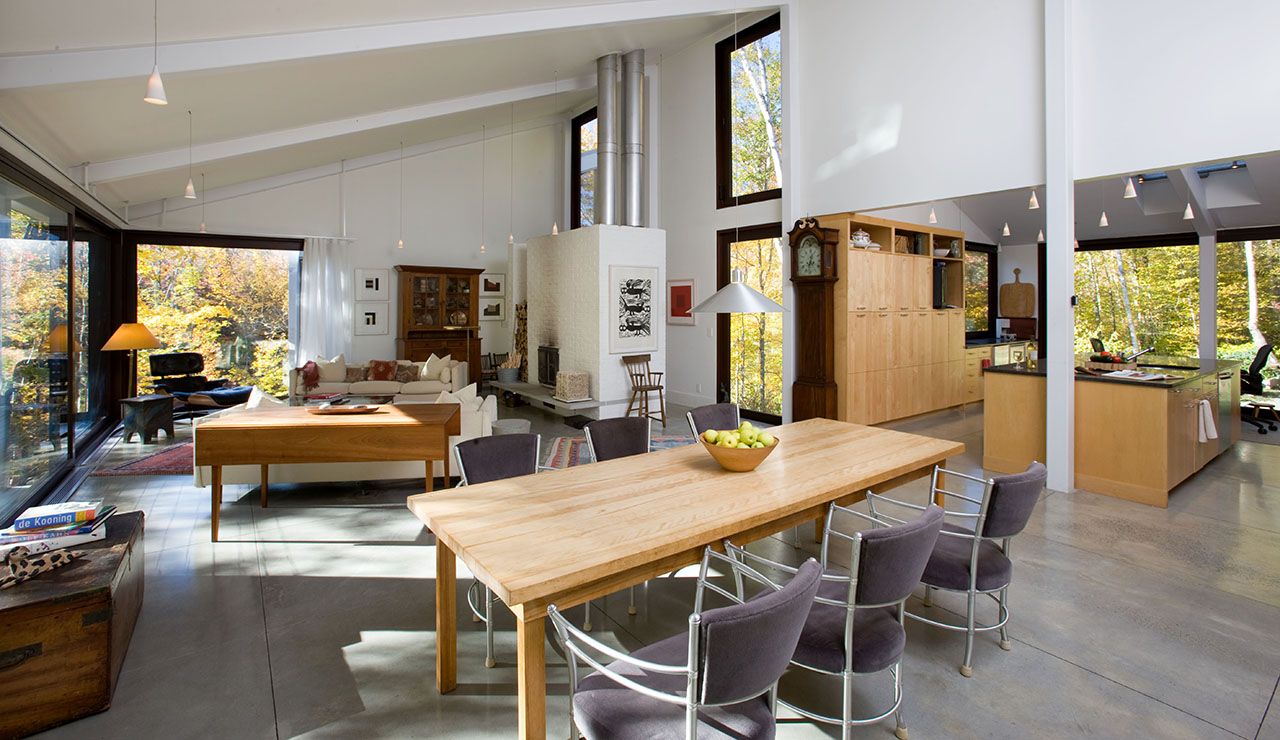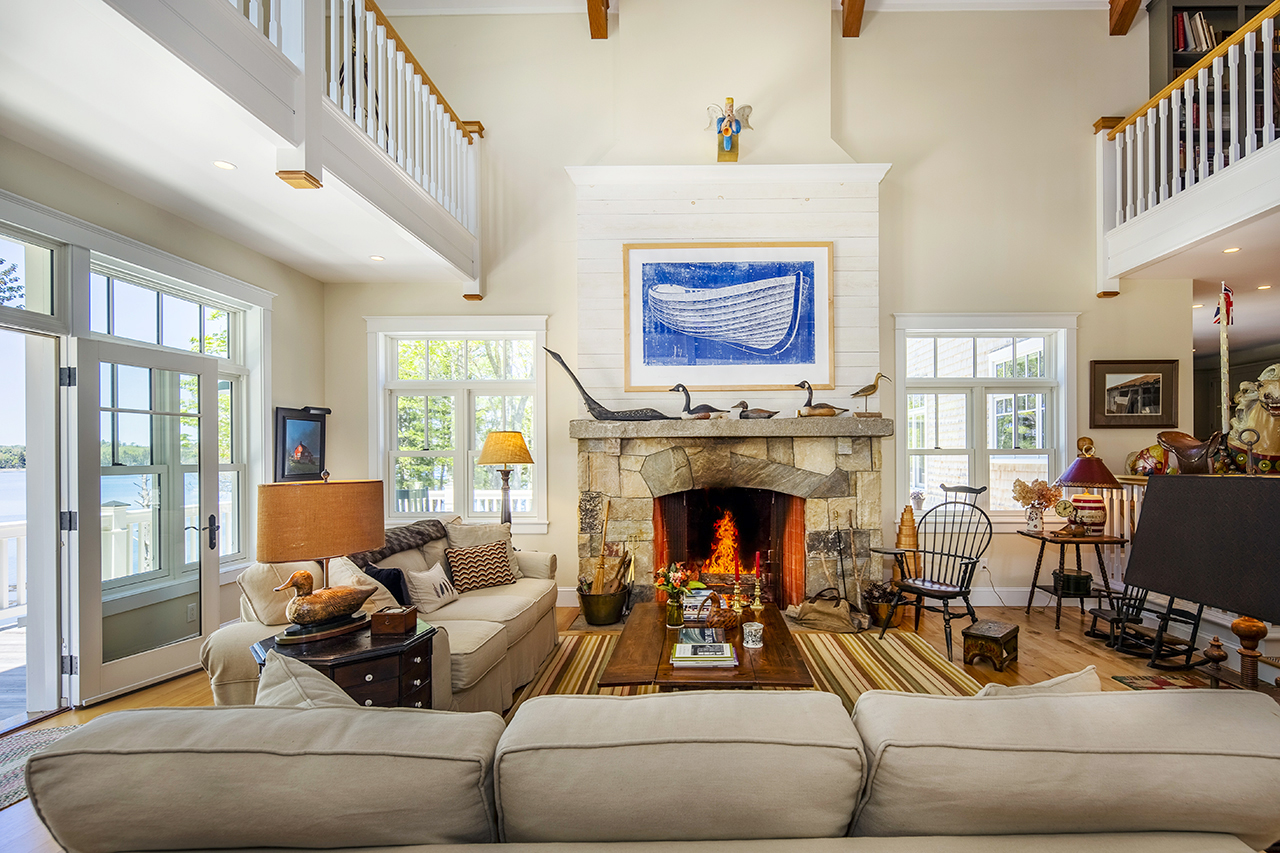The New York Times carried an article recently that began by sounding the death knell for anything old – the usual “brown furniture doesn’t sell.” Beneath the headlines were some emerging themes pointing to a new assessment of antique material that we are seeing in both purchasers of real estate and from collectors.
Yes, it is hard for buyers to imagine their new life surrounded by someone else’s clutter. Most properties benefit by removing contents and by staging.

There is an increasing appetite for interesting older material, presented well, to give authenticity and character, (one decorator in the article talks about mixing antique with new 25/75%.).

Beautiful material transcends style and time, though preferences shift. In the sixties, when contemporary was cool, my father swapped for a set of Prairie School stained glass. In exchange, he fixed the baseball-sized hole left behind with a new clear plate glass window. (The Prairie School glass is now in the American Wing at the Met.) MidMod houses were torn down in the late 20th century and Eames chairs went in dumpsters.
Yet great work transcends fashion.
“True collectors recognize the enduring value of great material that is also well-made,” said Tash Perrin, Senior Vice President and Senior Director of Trusts, Estates & Wealth Management Services at Christie’s. “It is not unusual for the collectors and designers who buy from Christie’s to mix styles and periods and make magic with it. We find that over the long term, there is always a demand for decorative objects that are the best examples of their time period, regardless of swings in fashion from maximalism to minimalism and back again.”

Sarah Cucinelli, curator to private clients in New York City, says her clients find beauty, value, and self-expression through their collections: “The best collectors and investors always look first for opportunity, and then select the best examples of what is currently available and undervalued. Just as successful investors value a diverse portfolio, the best collectors collect in more than one area. This methodology works really well for those just starting out, acquiring distinctive antique pieces is not only a good investment but a fantastic way to add texture to a modern or contemporary collection which in turn communicates that a collector is thinking about value and culture in a nuanced way.”

The market for antiques seems to be quietly on the recovery, a function of:
- Value: 18th-century Windsor chairs can be bought for less than Pottery Barn reproductions, and Americana beats Ikea for quality and value.
- Sustainability: a recognition that reusing objects is green.
Karen Keane, CEO of Skinner Auctioneers in Boston, commented: “We’re seeing an uptick in interest in furniture and antiques. Authenticity matters to our buyers. Great surfaces and unusual forms are reasons bidders have gotten bolder. This next generation of collectors also embraces a recycle, re-use ethos. Antiques fit into their lifestyles.”

If you want to know more about how the appetite for old and new is playing out in the markets, we are happy to connect you with experts in the field. If you are wondering about how to prepare a property to look its best to the current market, we can help you with that as well. Contact us.
Header Image: Myrtle Hill | 2 Orchard Lane, Wayland, MA
